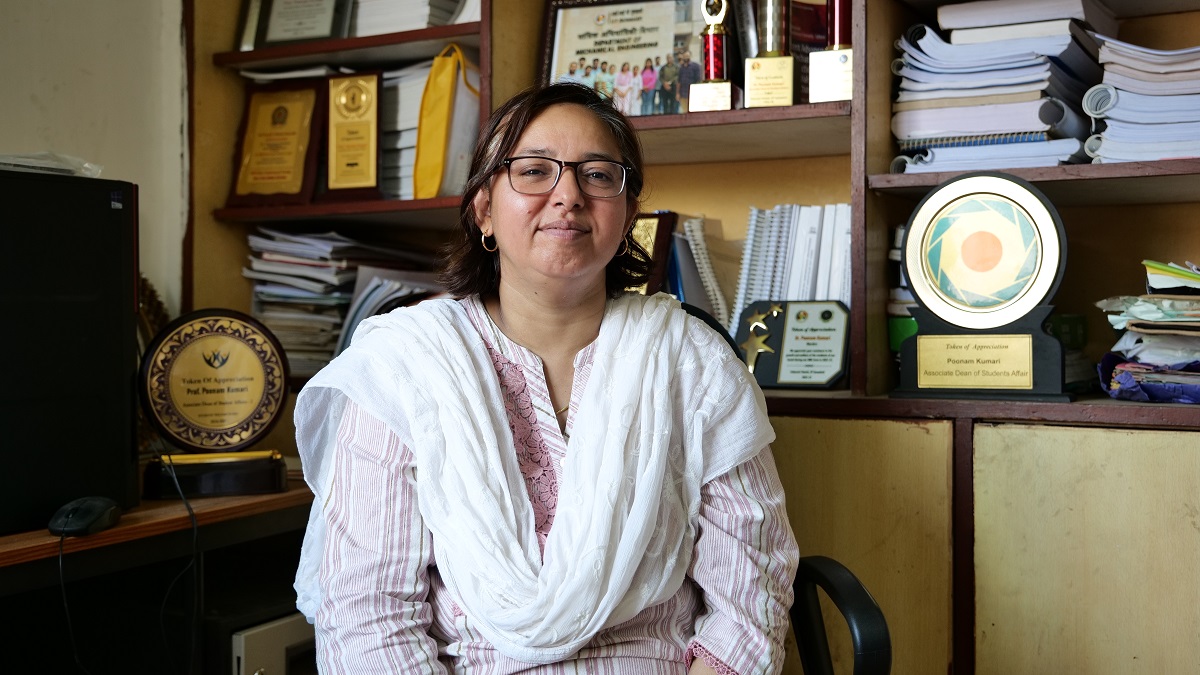Researchers at IIT Guwahati have developed composite material using locally sourced bamboo, offering cost effective and eco friendly solution with potential applications across the automotive, furniture, electronics, and packaging industries.
Indian Institute of Technology Guwahati researchers have developed an eco friendly composite material using Bambusa tulda, fast-growing bamboo species found in Northeast India. Boasting high strength, thermal stability, low moisture absorption, and cost effectiveness, composite serves as sustainable alternative to conventional plastics used in automotive interiors. Led by Dr. Poonam Kumari, Professor in the Department of Mechanical Engineering, research addresses challenge of plastic waste while contributing to global push for greener materials in automotive manufacturing and beyond.
IIT Guwahati researchers evaluated four bamboo based composite formulations made from Bambusa tulda fibers reinforced with either bio-based or petroleum based epoxies. To enhance compatibility with base polymers, bamboo fibers were treated with alkali, significantly improving material’s durability for real-world applications. The results observed bamboo composite made with bio-based epoxy FormuLite as the best performing option with low moisture absorption, significant thermal stability, and mechanical strength. The cost-effective nature of the composite, priced at INR 4300 per kilogram, makes it an eco-friendly solution for automotive parts, such as, vehicle dashboards, door panels and seat backs, among others.
Speaking about the developed composite, Dr. Poonam Kumari said, “Developed composite can be used for designing components/parts in consumer electronics, automobiles, aerospace, sustainable building materials etc. The product will replace wood/iron/plastic components and will have similar cost and lead to fulfil SGD goals (7,8 and 9). This development is in line with Make in India policy under Green Tech Revolution.”
Read More


Yes, IIT Guwhati offers separate hostel facilities for both boys and girls. There are eleven boys’ hostels and two girls’ hostels for accommodating students with their own individual rooms. The accommodation is single-seater. These hostels are equipped with all modern amenities. Each of these hostels has its own mess, canteen, stationary shop, juice center, pantry, indoor games facilities, gymnasium, music rooms, library, TV room, laundry room among many other facilities with uninterrupted power supply.